 Misconceptions
Misconceptions  Misconceptions
Misconceptions  History
History 10 Amazing Roman Epitaphs
 Weird Stuff
Weird Stuff 10 Niche Subcultures That Are More Popular Than You Might Think
 Mysteries
Mysteries 10 Tragic Disappearances and Deaths in Joshua Tree National Park
 History
History 10 Ways Childhood Really Sucked in the Old West
 Music
Music 10 Name Origins of Famous Bands from the 1990s
 Religion
Religion 10 Biggest Turnarounds by the Catholic Church
 Weird Stuff
Weird Stuff 10 Unbelievable Times Laws Had Unintended Consequences
 Humans
Humans Ten Historic Women Who Deserve Way More Credit Than They Got
 Movies and TV
Movies and TV 10 Films That Spawned Major Lawsuits
 Misconceptions
Misconceptions 10 Phony Myths and Urban Legends That Just Won’t Die
 History
History 10 Amazing Roman Epitaphs
 Weird Stuff
Weird Stuff 10 Niche Subcultures That Are More Popular Than You Might Think
Who's Behind Listverse?

Jamie Frater
Head Editor
Jamie founded Listverse due to an insatiable desire to share fascinating, obscure, and bizarre facts. He has been a guest speaker on numerous national radio and television stations and is a five time published author.
More About Us Mysteries
Mysteries 10 Tragic Disappearances and Deaths in Joshua Tree National Park
 History
History 10 Ways Childhood Really Sucked in the Old West
 Music
Music 10 Name Origins of Famous Bands from the 1990s
 Religion
Religion 10 Biggest Turnarounds by the Catholic Church
 Weird Stuff
Weird Stuff 10 Unbelievable Times Laws Had Unintended Consequences
 Humans
Humans Ten Historic Women Who Deserve Way More Credit Than They Got
 Movies and TV
Movies and TV 10 Films That Spawned Major Lawsuits
10 Countries Currently Experiencing Some Unusual Crisis
For the purposes of this list, “crisis” shall refer to negative circumstances that could alter a nation’s economy. Most of the time, such a description would be fit by large-scale disasters like wars, epidemics, and famine. Sometimes, however, portents of doom might barely seem newsworthy.
Seemingly innocuous things like a low birth rate, a shortage of vultures, or just having too many cattle around are, for some countries, more dire than they appear. While the following situations seem unspectacular, they could lead to worse disasters.
10 South Korea’s Birth Crisis
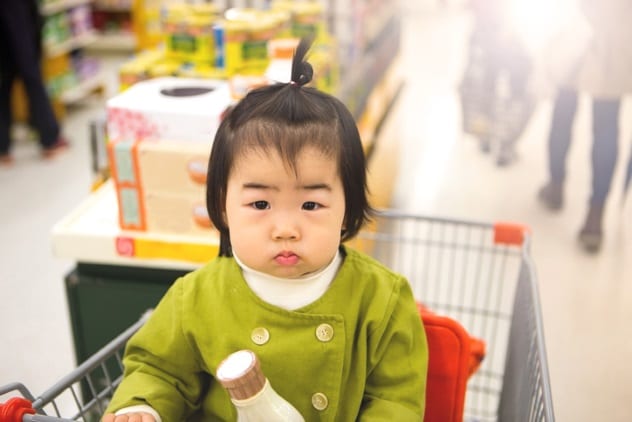
South Korea’s birth crisis is so bad that the government is paying couples to have children. The nation’s fertility rate hit a record low in 2018. At the current rate, the population is expected to grow in the negative in just ten years. This means there will be more deaths than births. If the trend is allowed to continue, it is estimated that there will be nobody left in the country by 2750.
In just 13 years, the South Korean government has spent over $121 billion to encourage parents to have more children. These days, most parents are eligible to receive up to $270 a month from the government.
Starting in late 2019, parents with children below the age of eight will be allowed to work one hour less per day. The government is also building more kindergartens and day cares. Fathers will also given be a paid paternity leave of ten days—seven days more than the currently approved three days.[1]
9 India’s Stray Cow Crisis
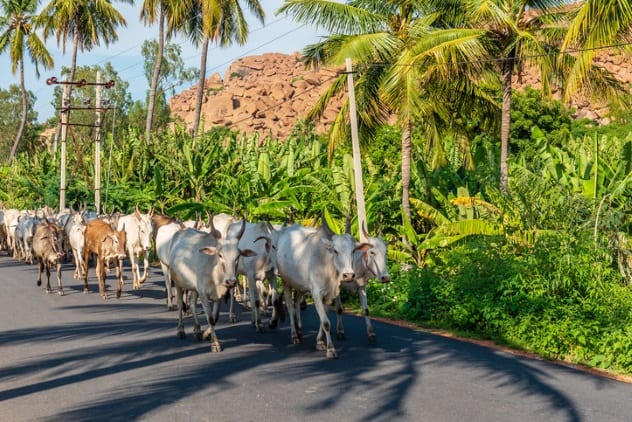
The Indian state of Uttar Pradesh is currently experiencing a severe stray cow crisis. Cows are not eaten in India because they are considered sacred creatures. Some people do eat cows, but the state government and cow protection groups have been clamping down on them.
This has left farmers with fewer incentives to keep male calves and cows that no longer produce milk. Most farmers abandon these unproductive cattle on the streets because having them around costs money. In 2012, there were 1,009,436 stray cattle in the state of Uttar Pradesh. This year’s Live Stock Census is expected to show a much higher number.
The stray cattle have become a nuisance because they raid farmlands and eat crops. Some cows end up in cow shelters, which have quickly become overcrowded and underfunded. These days, farmers and community members lock the stray cattle in government buildings like schools and hospitals.[2]
8 Venezuela’s Passport Crisis
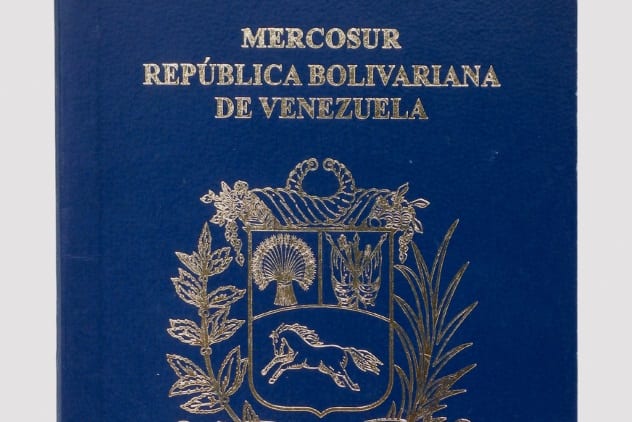
Venezuela has been in the news for all the wrong reasons over the past few years. The oil-rich Latin American nation has suffered serious hyperinflation that has almost brought its economy to a standstill. And with two people claiming to be president, its many problems won’t be ending anytime soon.
Over 2.3 million people have fled Venezuela for neighboring Latin American nations since 2014. However, many more are still stuck because they do not have passports. The passport crisis is so bad that fellow Latin American nations are allowing Venezuelans in with expired passports. But Venezuelans without passports remain stuck in the nation.
Getting a passport or any government-issued document was an uphill task before the crisis. Now it’s worse. Workers at the passport office are known to deliberately delay passports unless passport-seekers pay bribes of $1,000 to $5,000. Today’s passport-seekers don’t have that kind of money. And the government itself isn’t too keen on allowing its citizens to leave.[3]
7 Venezuela’s Health Care Crisis
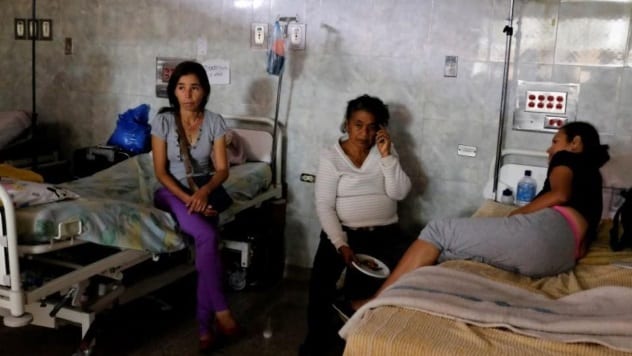
Venezuela is also experiencing a severe health care crisis. At least 22,000 doctors have fled the country since the crisis began, causing a nationwide shortage of doctors. Several hospitals have either closed or operate irregularly. Those that remain open do not have enough supplies.
These days, patients are required to bring their own drugs, syringes, gloves, and even soap. This has seen Venezuelan hospitals go from places where people are cured to places where they get killed. It is normal for patients to contract deadly diseases while admitted for other ailments.
This is worsened by a shortage of drugs, which, coupled with severely malnourished patients, is the perfect recipe for disaster. Hospitals have also seen an increase in burn victims. Most are toddlers who got burned when they strayed into wood fires and kerosene lamps that have taken the place of heaters and light bulbs.[4]
6 China’s Food Crisis
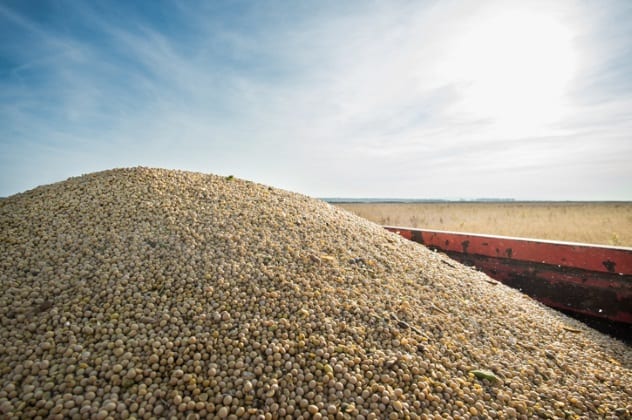
China has been experiencing a food crisis for a few years now, and the trade war with the US made it worse. Last year, the Chinese government introduced several tariffs to much-needed food imports like soybeans, sorghum, and corn in response to Trump’s tariffs on Chinese goods.
Interestingly, the Chinese government-owned Sinograin, which keeps a stockpile of grain for the government, had to pay the tariffs. President Xi Jinping later toured areas of Northeast China, where most of China’s farms are based, and said that China should become more self-sufficient in food production.
Food production has always been a problem for China. China’s arable farmland amounts to less than a tenth of the world’s farmland, even though it has one fifth of the world’s population. On top of that, lots of its farmland is either occupied by industries or contaminated with heavy metals released by those industries.[5]
The food crisis began decades ago, when an improved standard of living caused Chinese citizens to shift from carbohydrate- to protein-rich diets, and there isn’t enough farmland to grow vegetables and rear livestock. For now, China has been able to manage by importing food and leasing or buying farmland in Africa, Australia, and the Americas.
However, the trade war with the US has shown that importation could be unreliable. Besides, most countries harboring Chinese farms are expecting a population boom in a few decades and will be needing the farmland to feed their own citizens.
5 The US Recyclable Plastic Crisis

Bad news for environmental activists: the US government cannot recycle most of its recyclable plastics. A few years ago, a huge chunk of recyclable items used in the US ended up in China. This changed in January 2018, when China banned recyclable plastics from the US.
The US turned to Canada, Turkey, Malaysia, and Thailand to recycle its plastics. In the first half of 2017, the US exported 4,000 tons of recyclable plastics to Thailand. Within six months of China’s ban, the US had exported 91,505 tons of plastic to Thailand. That’s a 1,985-percent increase.
But these countries do not want US plastics. Malaysia introduced a tax and limited the types of plastics that are acceptable. Thailand has promised to ban US plastics within two years. In response, several US states have either abandoned recycling some types of plastics or dumped recycling altogether.[6]
4 China’s Birth Crisis

A few decades ago, China introduced a one-child policy to control its booming population. The policy was strictly enforced, with the government even conducting forced abortions and sterilization on people who flouted the policy.
In 2015, the government replaced the one-child policy with the two-child policy when it realized that the nation was experiencing a decline in population growth, just like South Korea. But it seems like most Chinese couples prefer having just one child or none at all.
The Chinese government wants parents to have more than one kid so badly that it is encouraging couples to have more children “for the country.” A government-run newspaper also informed couples that, “Having children is a family matter but also a national matter.”
The government is considering paying couples to have a second child. It is also considering tax breaks or even dumping its two-child policy to allow couples have as many children as they want.[7]
3 India’s Vulture Crisis
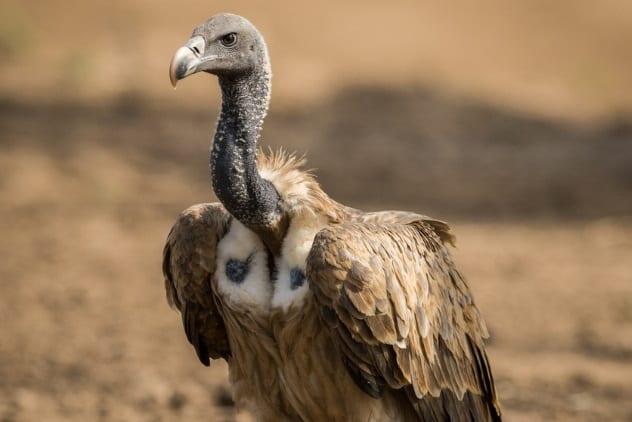
India had lots of vultures in the past. Its vulture population was so high that nobody bothered to count, though an estimate put it at 40 million in the early 1990s. This changed between 1992 and 2007, during which the vulture population fell by 97 to 99.9 percent. India has only around 20,000 vultures today.
Interestingly, nobody noticed the decline in vulture population until researchers and villagers suddenly noticed that they were not seeing enough vultures. Some villagers even thought the US had stolen their vultures.
Remember we mentioned that Indians generally don’t eat cattle? This is where the vultures come in. Indian farmers fed their dead cattle to vultures. Unfortunately, diclofenac, a popular painkiller used for cattle, is lethal to vultures. It causes renal failure and death in vultures that eat the carcasses of dead cattle.
Now, there aren’t enough vultures to eat the carcasses, leaving lots of dead and decomposing cattle scattered across India. This has left the country on the brink of a disease epidemic. Rats and dogs have replaced the vultures, but they are not as effective. Besides, dogs could pass bacteria in the carcasses to humans.
India has banned diclofenac and introduced breeding programs to repopulate the wild with vultures. However, it will take time before it gets the intended results. The government could also suffer a setback because some cattle owners still use diclofenac illegally.[8]
2 South Korea’s Suicide Crisis
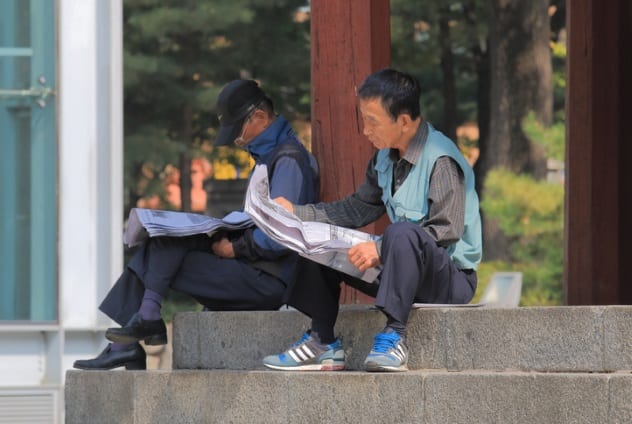
South Korea has one of the highest suicide rates in the world. 13,500 South Koreans committed suicide in 2015. That’s an average of 37 in a day. Most who choose to end their own lives are senior citizens, who often live in poverty and do not want to become a burden to their living relatives. Many aged South Koreans are so poor that they depend on free meals to survive.
In response to high suicide rates, the government has criminalized suicide pacts—agreements between two or more people who promise to engage in joint suicide.[9] In 2011, the government also reduced suicide rates by 15 percent when it banned paraquat, a pesticide often used to commit suicide.
1 Germany’s Renewable Energy Crisis
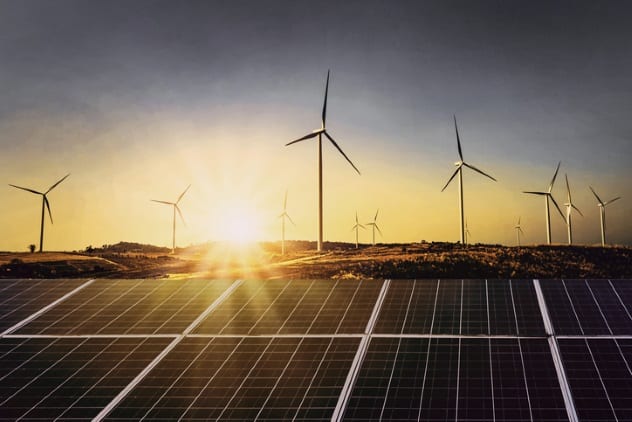
Germany is the model nation for renewable energy. On one Sunday in 2017, it generated so much power from its renewable sources that the government paid users to use the excess power. This is referred to as “negative prices” and has also happened in Belgium, Britain, France, Switzerland, and the Netherlands.
In such instances, the government pays citizens and factories to switch on equipment and machines they are not using. Imagine the US government paying you to switch on your washing machine for no reason. To be clear, the government does not give consumers money. Rather, the energy companies subtract it from their electricity bills.
Negative prices happen because green energy is unpredictable and uncontrollable. Coal and nuclear plant output can be increased or decreased to meet demands. Solar panels and wind turbines cannot. They generate electricity depending on the weather conditions.
Green energy companies keep themselves abreast of the weather with forecasts. But for anybody who has ended up in the rain when the weatherman said it would be sunny, we know weather forecasts are not always reliable.
The attempt to shift to green energy has created a crisis Germans call “energy poverty.” Energy poverty happens when people find it difficult to pay for electricity, or they spend so much on electricity that they do not have enough money to survive. This happens because Germans pay an average annual tax of $171 and high electricity prices to keep the green energy companies in business.
Besides plunging many into energy poverty, the unreliable green energy is counterproductive for Germany. While the government pays citizens to waste excess electricity, it always leaves it coal and nuclear plants working in case the green sources do not produce enough electricity. This has increased Germany’s carbon emissions and even caused the government to build more coal plants.[10]
Read about more places with strange issues on 10 Bizarre Problems That Hit Entire Countries and Top 10 Places With Surprising Poop Problems.








